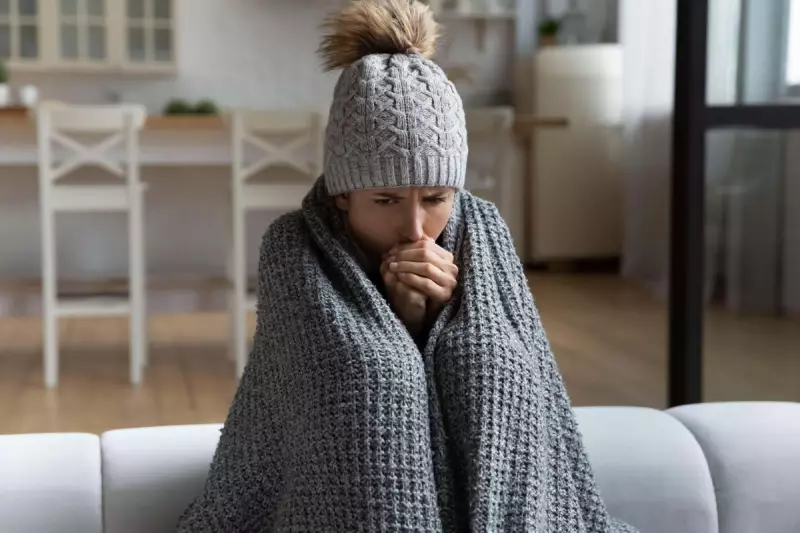
Britons are facing a sharp temperature drop as most parts of the UK have just recorded the coldest night of the season. With an amber weather warning issued and snow blanketing northern England, staying warm has become a priority.
Energy experts have now revealed practical methods to maintain a comfortable home environment during the cooler months without increasing reliance on central heating systems.
Personal Warming Strategies
Keeping your feet warm is crucial for overall body temperature, explains Stephen Hankinson, energy efficiency expert at Electric Radiators Direct. He recommends layering up with thick, fluffy socks and wearing supportive slippers around the house for added insulation and safety on hard floors.
For targeted warmth, Hankinson suggests foot baths. "Consider soaking your feet in a warm foot bath, as this will help increase circulation," he says, while cautioning to dry feet thoroughly afterward to prevent moisture from making them colder.
Layering clothing properly is another essential strategy. "Wearing layers of clothing made from insulating material such as thick cotton and wool is key in preventing any negative implications on your health during winter," Hankinson emphasises. He notes that extreme cold exposure risks life-threatening conditions like hypothermia, particularly for those with weakened immune systems.
Home Efficiency Improvements
Addressing heat loss through draughts represents a significant opportunity for improvement. David Walter, chief growth officer at Utility Warehouse, advises checking windows, doors and letterboxes for gaps.
"Weatherstripping, draught-proofing tape, or even a good old-fashioned draught excluder can work wonders," Walter notes. He highlights that proper insulation in lofts and walls is equally important, stating that without it, "you're basically paying to heat the outside world."
Window treatments offer another effective solution. Helen O'Connor, product manager at 247 Blinds, recommends keeping curtains closed while out and using thermally lined blinds placed inside recesses to prevent draughts. She adds that floor-length curtains are more effective at trapping heat.
For rooms with stone or hardwood floors, Walter suggests adding rugs. "Adding a rug can make a difference by creating a layer of thermal resistance between the floor and the rest of the room," he explains, noting this reduces heat loss and creates a warmer atmosphere.
Alternative Heating Solutions
Traditional methods like hot water bottles remain highly effective. "They can be placed on specific areas of the body, such as your feet or lower back, to provide comforting heat exactly where it's needed most," says Hankinson, describing them as an affordable solution that reduces reliance on central heating.
Modern electric heaters provide another alternative for what experts call "zoned heating." Hankinson explains that these units "allow you to control the temperature in specific areas of your home, tailoring comfort to your needs" with many featuring built-in thermostats for personalised room temperatures.
A surprisingly effective method involves reversing ceiling fans. "Reverse ceiling fans are often overlooked, but can make a real difference by circulating warm air that naturally rises to the ceiling back down into the living space," Hankinson notes, particularly recommending this for larger rooms or spaces with high ceilings.
Finally, internal warming through consumption shouldn't be underestimated. "Consuming warm food and drinks not only makes you feel cosy from the inside, but also helps regulate your body temperature," Hankinson states, suggesting hot tea or hearty soup as both comforting and practical ways to fend off winter chill.





